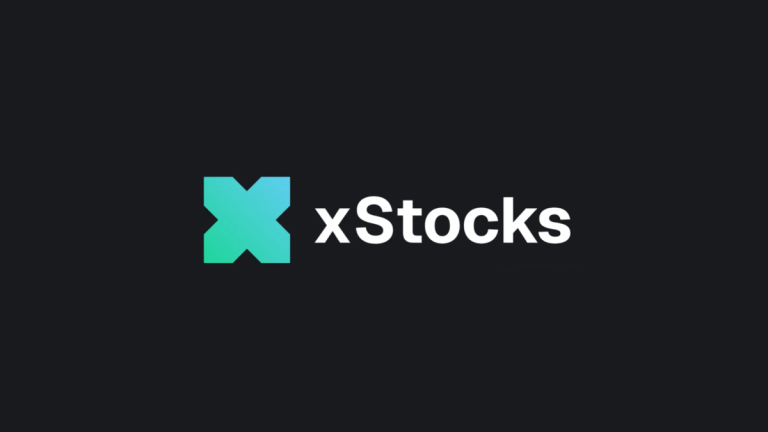Exploring the future of digital economy
Cryptocurrency Wallet Market Overview 2025

Introduction
By 2025, cryptocurrency wallets have evolved into full-fledged entry points to Web3, offering functionalities such as trading, yield farming, participation in DAOs (Decentralized Autonomous Organizations), DeFi (Decentralized Finance), and GameFi. Against this backdrop, competition among wallet providers has intensified, particularly within the self-custodial and smart wallet segments.
The Dune team has released a report titled “State of Wallets 2025”, analyzing crypto wallets based on user activity, regional distribution, account abstraction adoption, and infrastructure trends.
Key Metrics and Comparative Analysis
Swap Activity (In-wallet Token Exchange)
- Swaps per Week (Millions): The total number of token exchange operations conducted via wallet interfaces weekly.
- Swap Volume ($ Billions): Total monetary volume of these swap transactions over the same period.
Blockchain Transfer Volume
The total value being moved across various blockchain networks has grown significantly, indicating increased on-chain liquidity and user engagement.
Geographic Adoption Trends
According to data from Addressable, wallet usage patterns are shifting toward emerging markets:
- MetaMask: Dominates in Nigeria, India, and Indonesia in terms of user count, though average balances remain low (<0.1% of total assets).
- OKX & Bitget: Strong presence in Southeast Asia with high adoption in Bangladesh, Indonesia, and Vietnam. However, capital concentration remains in South Korea, China, and the UAE.
- Coinbase: Leads in the U.S. and Canada, especially in terms of capital volume.
While emerging markets drive user growth, developed countries continue to be the primary source of liquidity.
Smart Wallets and Account Abstraction
Account abstraction (ERC-4337) and smart wallets are becoming industry standards:
- Base Network leads in UserOps execution, accounting for 87% of all transactions in April 2025.
- Safe controls 63% of the smart wallet market, with over 43 million wallets created and $50 billion in TVL (Total Value Locked).
- Coinbase Smart Wallet saw more than 7x growth in activity between March and April 2025, with over 60% of users returning weekly.
What Are UserOperations (UserOps)?
UserOperations represent a new transaction format used in smart wallets. Unlike traditional transfers, they allow users to bundle multiple actions into one transaction, pay gas fees using any token or through third-party sponsors (via a paymaster), and enable social recovery mechanisms.
These operations are processed by specialized bundlers and an EntryPoint contract, streamlining the user experience.
- Safe processes up to $75 billion monthly and is heavily used on L2 blockchains like Base and Arbitrum.
- While Ethereum remains the preferred layer for capital storage, Layer 2 solutions are increasingly used for high-frequency trading.
Architectural Trends
There is a clear shift from interface-focused wallets to infrastructure-level platforms:
- Layer3 has integrated its own smart wallet directly into gamified quests and reward systems.
- Reown and Privy offer SDKs and infrastructure for embedded wallets, abstracting technical complexity for end-users.
- Phantom continues to dominate Solana, handling up to 20% of the network’s total swap volume at peak times.
Conclusion
- Binance and OKX are pursuing vertical integration strategies, transforming their wallets into super-apps with broad financial capabilities.
- MetaMask and Trust Wallet maintain their role as universal gateways, especially in regions with limited access to traditional banking services.
- MetaMask remains the dominant player, holding over 60% of the user base.
- The divide between emerging and developed markets is deepening: the former drives user growth, while the latter provides capital depth.
- Smart wallets are expanding beyond DeFi into SocialFi, GameFi, DAOs, and quest-based platforms.
- Although Ethereum is losing some share in transactional activity, it remains the core reserve layer for digital assets.
- Competition among wallet providers is intensifying. The focus is now shifting from raw user numbers to user engagement depth, ecosystem integrations, and financial volume. In 2025, success is determined not just by interface design but by the strength of the surrounding ecosystem.

